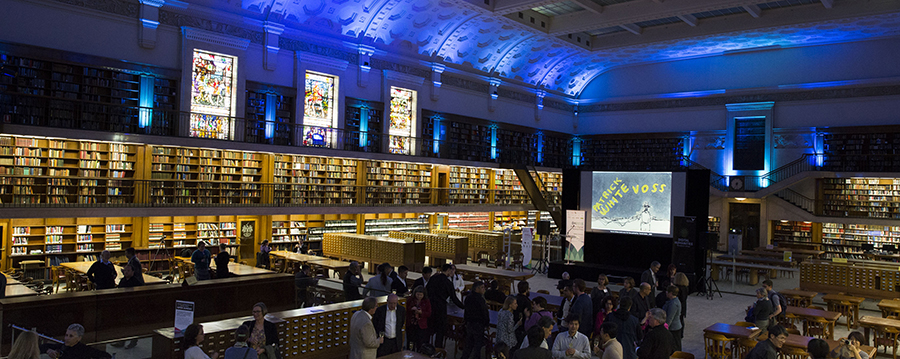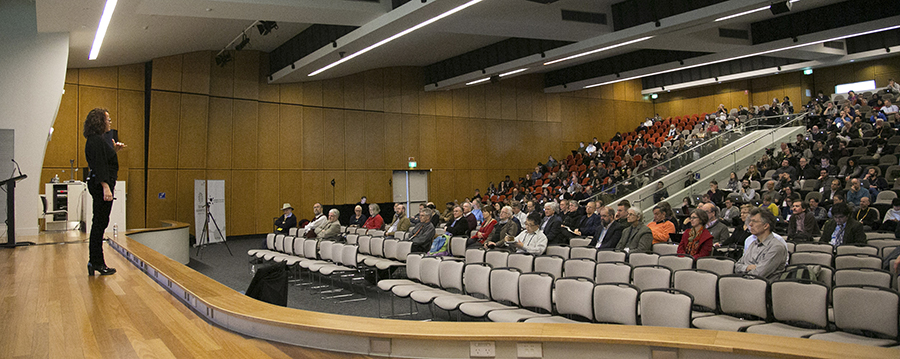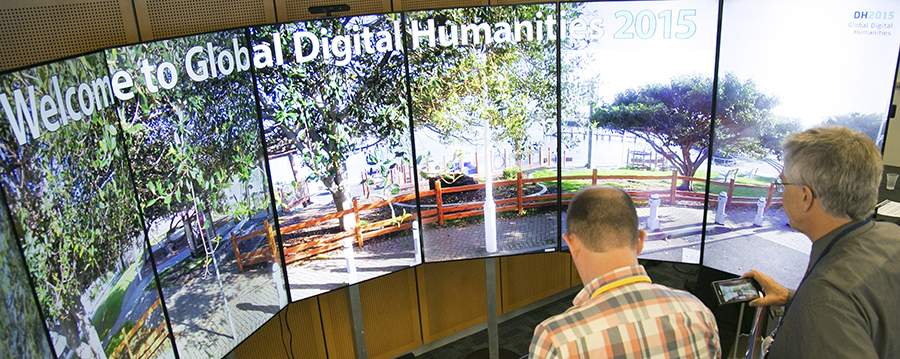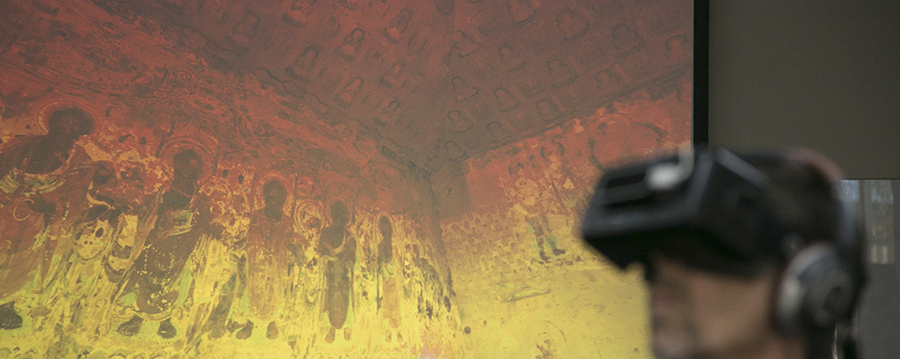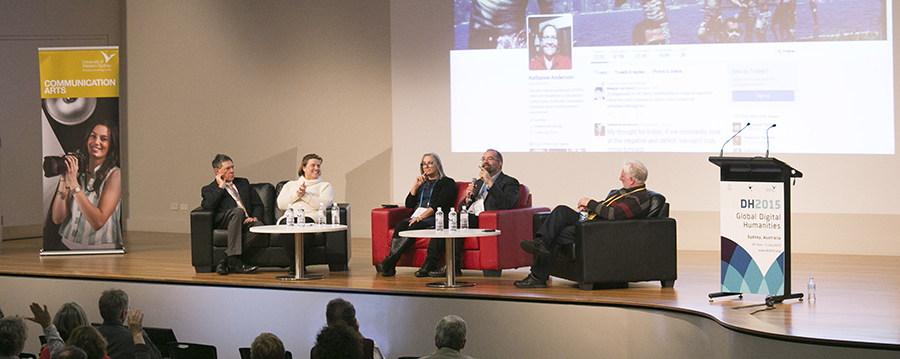Welcome
Digital Humanities involves the application of digital methods and techniques to Humanities research. The Digital Humanities Research Initiative (DHRI) is therefore broadly concerned with mediating between computing and humanities, and between technical and non-technical disciplines. Key challenges for digital humanities at this stage of its development as a field include articulating its research agenda as a humanistic and computing discipline; promoting and supporting fruitful interaction between computational science and the arts and humanities; linking digital humanities with new media research and media theory; and bridging between digital cultural studies and the social sciences more generally.
The mission of the Digital Humanities Research Initiative is to enhance research practices in the interdisciplinary humanities and social sciences at Western Sydney University by fostering the innovative application of computing and media.
The DHRI has hosted or launched a number of globally or regionally significant conferences or symposia series. In 2015, it hosted the Conference of Digital Humanities global umbrella network - The Alliance of Digital Humanities Organisations (ADHO); In 2016, it organised the first international Digitising Enlightenment Symposium; and launched the annual Digital Humanities Downunder Summer School. In 2017 and 2018, it convened the workshops from which the Canadian Australian partnership for open scholarship. (CAPOS) was born. In 2022, it will host the Building Digital Humanities Conference.
Major DHRI projects include:
- Generations of Knowledge, a virtual reality reproduction of Parramatta (Sydney, Australia) pre-European contact;
- Mapping Print, Charting Enlightenment, a project reconstructing the private and public networks of the French book trade during the eighteenth century in Europe (its foundational research project, 'The French Book Trade in Enlightenment Europe', was awarded Best Digital Resource for 2017 by the British Society for Eighteenth-Century Studies);
- DomeLab, a powerful visualisation environment supported by an alliance of 15 institutions for the benefit of artistic, cultural, museological and humanities research;
- ARCHivER, an Australian National Data Service project connecting paper-based heterogeneous collections through linked data;
- the Xanadoc Reader, an experiment inspired by Professor Ted Nelson's ideas on the transclusive relationship and Project Xanadu, this research prototype enables citations to be visually linked to their sources, viewed in parallel with those sources on-screen, and inter-compared, offering a representation of the many levels of complexity that exist within both artistic and scientific arguments;
- the Aboriginal History projects Journey to Horseshoe Bend, The History of Aboriginal Sydney, Deepening Histories of Place and Indigenous Knowledge in the Howitt and Fison Archives.
DHRI Seminar Series 2022
Details to be announced here shortly.
Building Digital Humanities Global online Symposium
7-25 November 2022
Register HERE
Mobile options:

